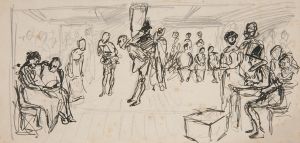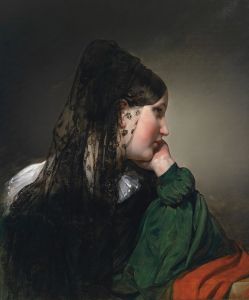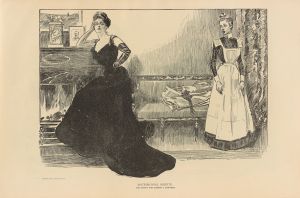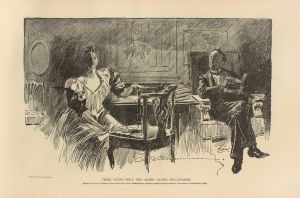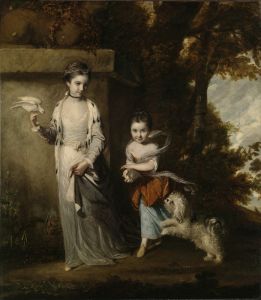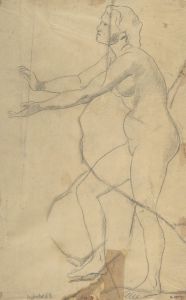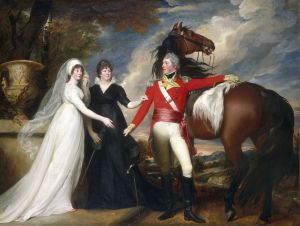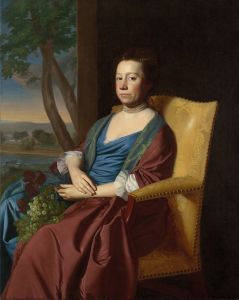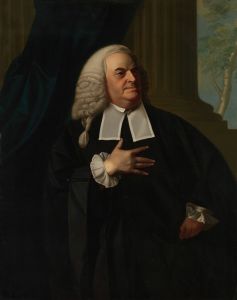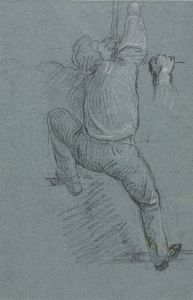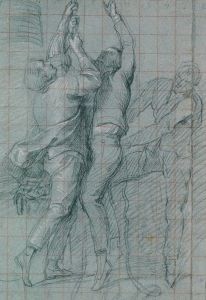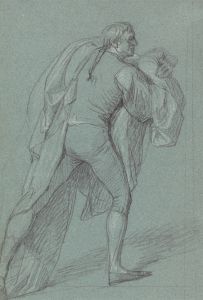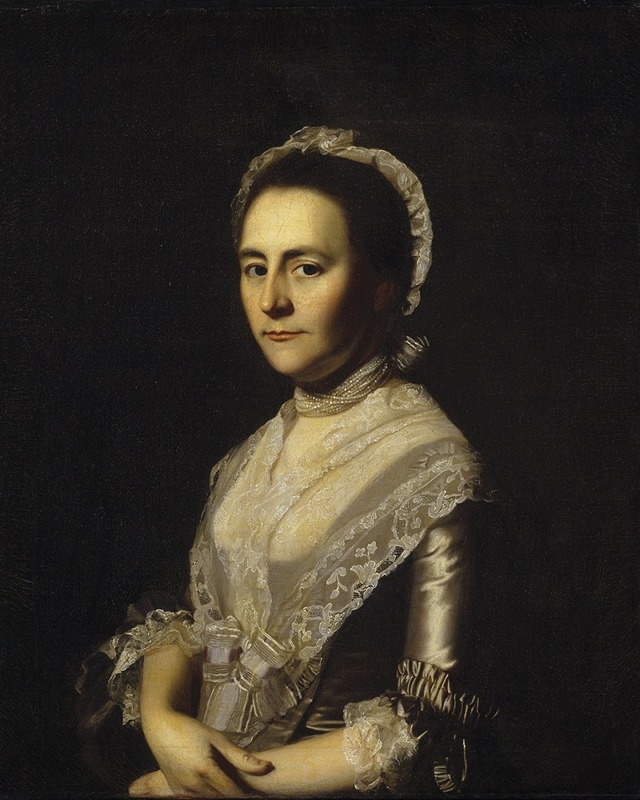
Mrs. Alexander Cumming, Née Elizabeth Goldthwaite, Later Mrs. John Bacon
A hand-painted replica of John Singleton Copley’s masterpiece Mrs. Alexander Cumming, Née Elizabeth Goldthwaite, Later Mrs. John Bacon, meticulously crafted by professional artists to capture the true essence of the original. Each piece is created with museum-quality canvas and rare mineral pigments, carefully painted by experienced artists with delicate brushstrokes and rich, layered colors to perfectly recreate the texture of the original artwork. Unlike machine-printed reproductions, this hand-painted version brings the painting to life, infused with the artist’s emotions and skill in every stroke. Whether for personal collection or home decoration, it instantly elevates the artistic atmosphere of any space.
John Singleton Copley, an American-born painter renowned for his portraits, created the artwork titled Mrs. Alexander Cumming, Née Elizabeth Goldthwaite, Later Mrs. John Bacon. This painting is a fine example of Copley's ability to capture the elegance and individuality of his sitters, showcasing his skill in rendering textures, fabrics, and human expression.
The subject of the portrait, Elizabeth Goldthwaite, was a member of a prominent Boston family. She first married Alexander Cumming, a Boston merchant, but after his death, she later married John Bacon, a clergyman and politician. The painting likely dates to the period of her first marriage, as it is customary for portraits of this era to reflect the sitter's status and identity at the time of the commission. Copley’s work often served as a visual record of the social standing and wealth of his subjects, and this portrait is no exception.
In the painting, Elizabeth Goldthwaite is depicted in a formal pose, dressed in fine clothing that reflects her social status. Copley’s attention to detail is evident in the intricate rendering of her attire, including the luxurious fabrics and delicate lace. Her expression and posture convey a sense of dignity and refinement, characteristics that were highly valued in 18th-century portraiture. The background is understated, allowing the focus to remain on the sitter.
Copley was active in Boston during the mid-18th century, and his portraits often featured members of the city’s elite. His ability to capture the likeness and personality of his subjects earned him widespread acclaim. However, as tensions between the American colonies and Britain escalated, Copley moved to London in 1774, where he continued his career as a painter.
The painting is an important example of Copley’s early work in America, reflecting both his technical skill and his role as a chronicler of colonial society. Today, it is held in the collection of the Museum of Fine Arts, Boston, where it is appreciated as a significant piece of American art history. The portrait not only highlights Copley’s artistic achievements but also provides insight into the lives and identities of women in colonial New England.





